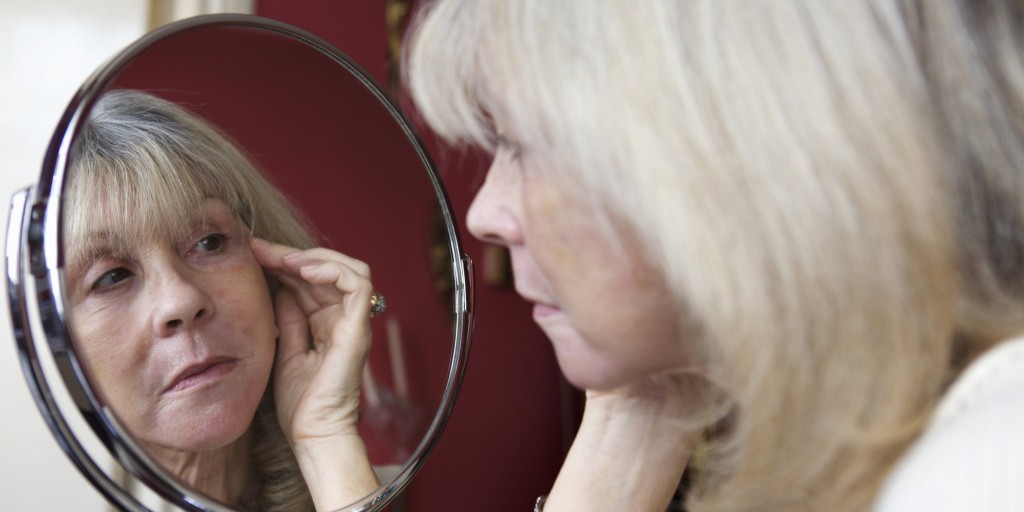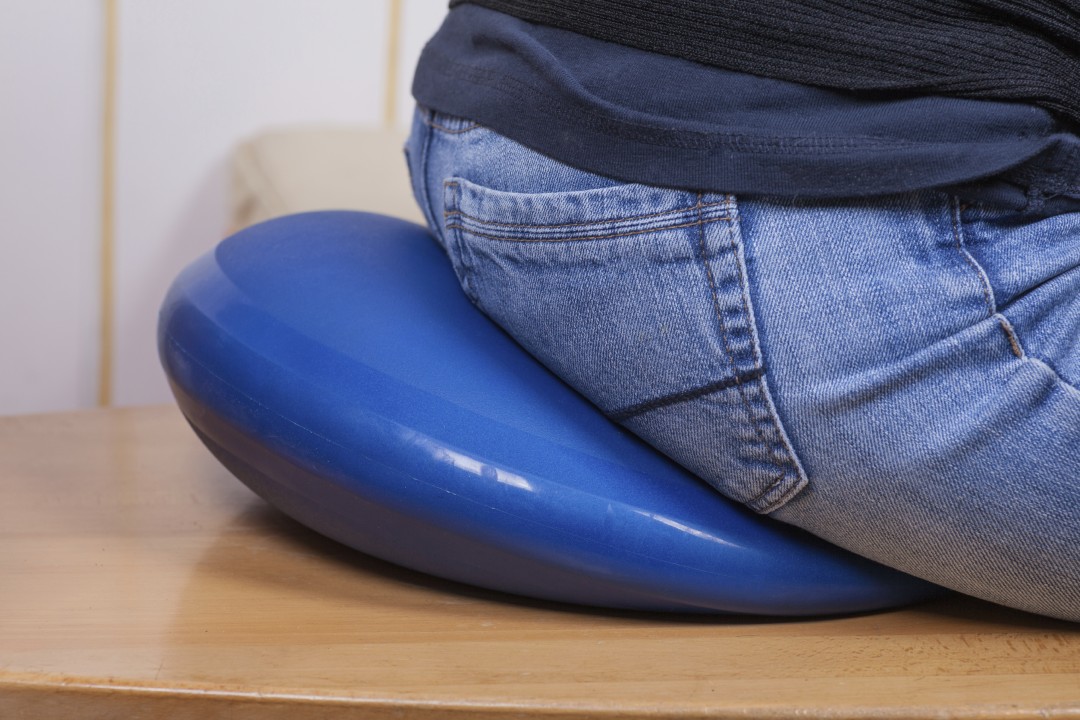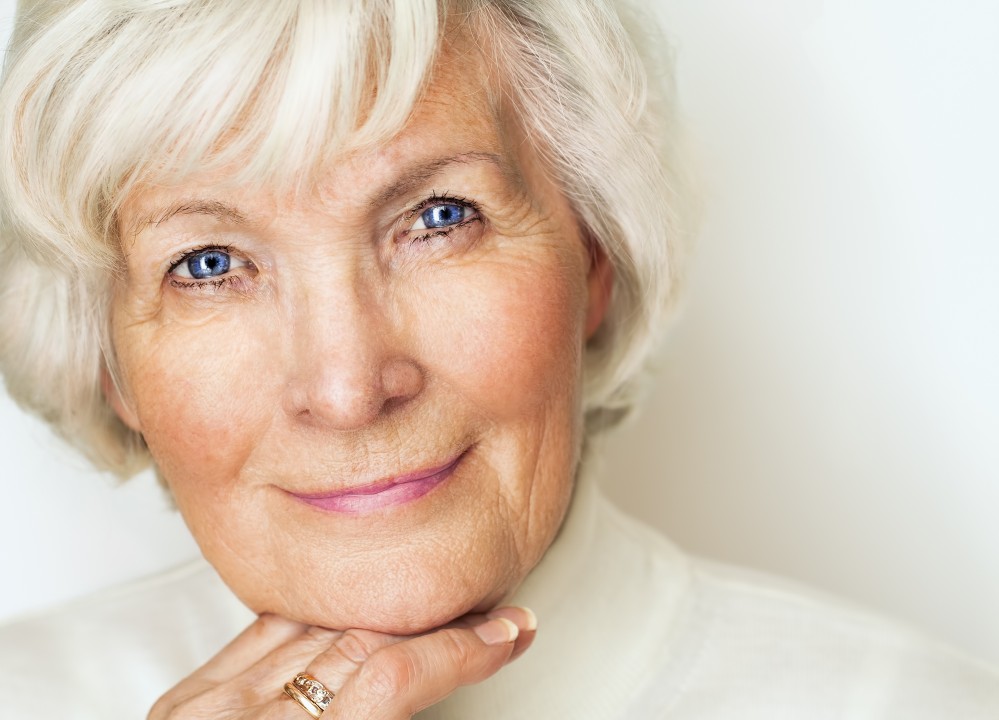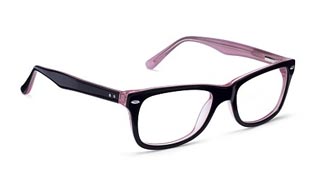Skin problems in older people
We all have a few lumps and bumps and moles on our skin and some are commoner in older skin. Obviously, a worry is that a new lump or bump may be a skin cancer. There is a great deal written in the media about skin cancer, so we will try and give advice about which skin lesions are common and innocent and which are less common and more worrisome.
Skin lesions and bumps
SEBORRHOEIC KERATOSES
What are they?
These lesions are very common. They are brown or black and usually start to appear when you are in your forties or fifties. Some people can have quite a lot and they continue to appear in pre-disposed people as they get older. They do not go away of their own accord. Seborrhoeic keratoses commonly occur on the upper trunk and face and can vary in size from a few millimetres to 2-3 cm. They are usually a crusty, greasy patch, most of which is above the skin surface and they look as if they could be easily lifted off. The crusty surface often falls off only to re-form again. Itching is the main symptom although they can become inflamed or irritated when scratched.
Do they need treatment and if so, what is it?
These are not cancerous and do not become cancerous and can be left alone. Some patients become very distressed by their unsightly appearance. Treatment is not necessary, but can be offered (although it is not usually available free on the NHS in the UK, as it is considered a cosmetic request). The treatment usually used is liquid nitrogen cryotherapy (freezing) or removal by a procedure called curettage and cautery (scraping off) under a local anaesthetic.
CAMPBELL DE MORGAN SPOTS
What are they?
Campbell de Morgan spots are very common, particularly in the middle-aged and elderly. They are small cherry red spots, up to about 5 mm in diameter, and people often have several. They occur most commonly on the trunk.
Do they need treatment and if so, what is it?
These are innocent, do not become cancerous and in view of the large numbers which may be present are best left untreated. It is likely that you have one or two of these; you may develop new ones from time to time.
SOLAR KERATOSES (actinic keratoses)
What are they?
Solar keratoses are common on the skin of older people who have had a lot of sun exposure over many years. They are commoner in fair skinned people, particularly those who spend a lot of time outdoors (e.g. gardeners, golfers, cricketers, cyclists). They often come and go and are worse in the summer than in the winter. Typically they are pink, scaly, warty or crusted lesions on the face, scalp, ears and backs of the hands. They can be single or sometimes people can have several.
Do they need treatment and if so, what is it?
There is some debate about whether solar keratoses can change into skin cancer. Most studies suggest that this is unlikely and by and large, these are just a marker of sun damage. Since solar keratoses get better when sunlight is avoided, a sunscreen (SPF minimum 30) and protective clothing (e.g. hat) are very important. This will also help to prevent the development of new lesions. There are many treatments available, but they do not have to be treated, although sun protection and a good moisturiser are important. By and large, these are a nuisance rather than a worry. Your doctor may suggest creams or liquid nitrogen cryotherapy (freezing) and if there is any uncertainty about the diagnosis a referral to a specialist may be recommended.
SUN INDUCED FRECKLES (called solar lentigo or solar lentigines)
What are they?
These are flat brown marks, on areas that have had more sun exposure, such as the face and backs of the hands. They can be 5-10 mm in size and often go darker in the summer, or after a sunny holiday. People often call these ‘age spots’ or ‘liver spots’.
Do they need treatment and if so, what is it?
Sometimes, these can be very dark and change and if this is the case, you should see your doctor. This is particularly relevant in the case brown patches on the face, as these can sometimes be pre-cancerous (lentigo maligna, see below).
LENTIGO MALIGNA
What is it?
This is a slowly enlarging brown patch, which usually occurs on the face, upper cheek, temple or forehead of older people. This type of freckle is commonest in people with fair skin who have had a lot of sunshine. At first, this is a flat brown mark which then gradually gets bigger and becomes darker, usually with an irregular edge and variations in colour.
Does it need treatment and if so, what is it?
This type of freckle is pre-cancerous, so please go to your doctor if you think you may have noticed a change in a brown patch like this and arrangements can be made for you to be seen by a specialist, who will take some samples of the freckle. The worry with this type of freckle is that it may go on to develop into mole cancer.
Dr Julia Schofield qualified as a doctor in 1979. She trained initially in general practice in Manchester and Salford and then chose to pursue a career in dermatology. She completed dermatology training at Watford General Hospital and the Royal London Hospital and was consultant dermatologist at St Albans and Hemel Hempstead Hospitals, Hertfordshire from 1995 to 2008. Dr Schofield now works in NHS practice in Lincoln (enabling her to support her elderly parents), but still spends much of her time in Hertfordshire and continues to offer a full range of private dermatology services. Dr Schofield was awarded an MBE for her contribution to dermatology services in the Queen’s 2012 Birthday Honours List.









